Spring has Sprung: Pond Management Tips to Prep for an Epic Fishing Season
Pond Management – By Lochow Ranch
Now is the time of year that pond management activity starts kicking into high gear as we prep for a great fishing season.
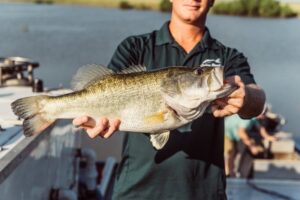
If you are looking forward to catching some trophies in your water body this year, good fishery management needs to include surveying your fish population, and stocking your fish supply, as well as taking stock of their vegetation environment and deciding on your strategy for controlling pond weeds.
Smart managers recognize these as three of the most important spring tasks to ensure 2022 will be an angler’s dream.
Fish Surveys: Electrofishing
Knowing what lurks in your lake is key first step to planning pond stocking.
The best approach for inventorying your fish population is an electrofishing survey. This key action is perfect for both diagnosing problems in established lakes as well as a routine management tool to identify issues before they become expensive problems.
Electrofishing is an excellent tool for correcting an out-of-balance water body by assessing the numbers of forage and sport fish. Electrofishing also allows for assessing winter cormorant or otter damage, as well as providing a snapshot of species’ size, relative abundance and growth rates. This is an important part of pond management and maintaining a healthy environment. 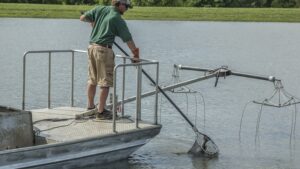
Through electrofishing, experts can also ID unwanted species and quickly remove them before they become a problem.
This standard scientific survey method causes no long-term negative effect for the fish. The fish are briefly stunned, examined and quickly returned to the water unharmed.
The survey result becomes a reference point for a long-term fishery management plan. A manager will use it to plan for corrective stocking and harvest recommendations.
Our fish experts can conduct an electrofishing survey for you using state-of-the-art techniques and equipment. Click here to learn more.
Pond Stocking: Key Considerations
Stocking of both game fish and forage fish can maximize the productivity of your fishery.
After a survey of your fish population, you can use pond stocking to reconcile winter losses and establish a proper predator-to-prey ratio.
But fish stocking itself takes some planning and awareness of the factors particular to your lake or pond. You need to know what kinds of fish will thrive in your body of water. You also need to assess the impact of using non-native species as well as the types of fish that can live together and sustain a healthy ecosystem.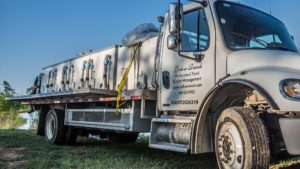
Professional pond stocking advice is key because pond management must be handled with skill and exactness. Indeed, small and large ponds and lakes must be stocked and managed differently. And location, fish health and condition must be considered, as well as understanding spawning and other characteristics of the specific fish you want.
Our fish stocking professionals can help you navigate the considerations for pond stocking to arrive at the best plan for your lake or pond. Whether you are selecting specific fish for stocking or need advice on which fish to stock in your pond or lake, our team can help.
Fish stocking options often include largemouth bass Florida strain, largemouth bass native strain, trout, crawfish (or crayfish), and many types of forage fish. We are the pond stocking partners trusted by landowners across Texas, Arkansas, Oklahoma and Louisiana.
Pond Weeds: Get Ahead of the Growth
Getting an early start on controlling pond weeds is the right strategy to keep growth in check this year.
Now in the early part of the growing season is the time to take action. Pond weeds can dominate shorelines putting a hitch in fishing or swimming. Some vegetation is beneficial for fish and other organisms.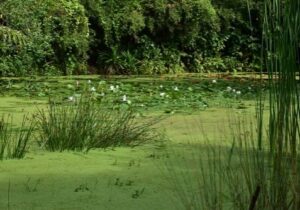
But out of control growth of pond weeds also can negatively impact aquatic organisms through a process called cultural eutrophication.
Your water body is a small ecosystem cut off from many of the elements that maintain balance in natural waters. This means active control of pond weeds is a must and you should plan for continuing such steps throughout the growing season for your pond or lake to be its best.
Treatments options include an array of products, equipment, herbicides, lake dyes and algaecides to help rid your property of nuisance aquatic plants or issues with floating, submerged or emergent pond weeds. There also is a chemical-free approach that can include stocking triploid grass carp and tilapia, which are among the most popular biological alternatives for removal of pond weeds.
You may also want to consider nutrient precipitation, pond liming and fertilizing regimes, and aeration systems to promote plankton blooms that improve the health of your pond, keep things in balance, and mitigate issues with excessive pond weeds.
Our experts can help you assess the right approach to controlling pond weeds in your body of water.
Why Choose Lochow Ranch for Pond & Lake Management
Serving Texas, Oklahoma, Arkansas and Louisiana, Lochow Ranch Pond & Lake Management proudly puts more than two decades of experience to work for you. Our team includes biologists, technicians and other professionals with deep expertise in pond and lake management services.
Check us out if you are considering building a lake, looking for pond stocking services, to buy fish for a pond, or getting professional pond management and maintenance or fishery management. Our services include lake design, pond construction, pond renovation, pond water testing, electrofishing, pond stocking, control of pond weeds, and pond liming and fertilizing. Let us help you build your dream pond that will delight your family and friends for generations to come.
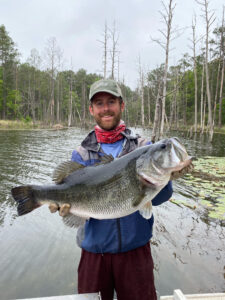
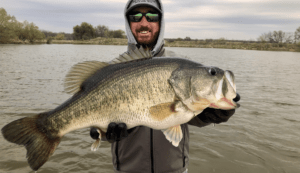

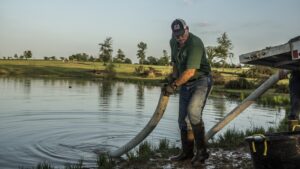
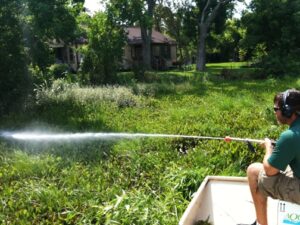 As we detailed in a
As we detailed in a 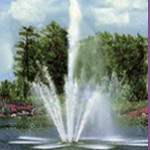 Repairs could address obvious signs of wear or just the cleaning of filters and screens. Lochow offers a range of
Repairs could address obvious signs of wear or just the cleaning of filters and screens. Lochow offers a range of 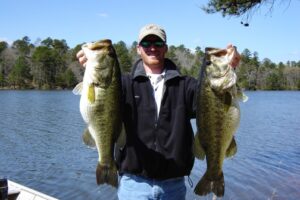
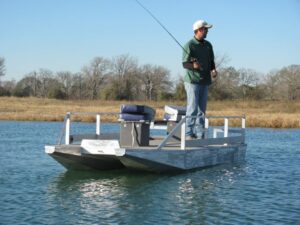 Be sure to conduct the necessary annual harvest of predatory fish to ensure that forage populations thrive. It goes without saying that no fishery can sustainably support predation from huge flocks of avian predators without some supplemental stocking from time to time.
Be sure to conduct the necessary annual harvest of predatory fish to ensure that forage populations thrive. It goes without saying that no fishery can sustainably support predation from huge flocks of avian predators without some supplemental stocking from time to time.
Recent Comments